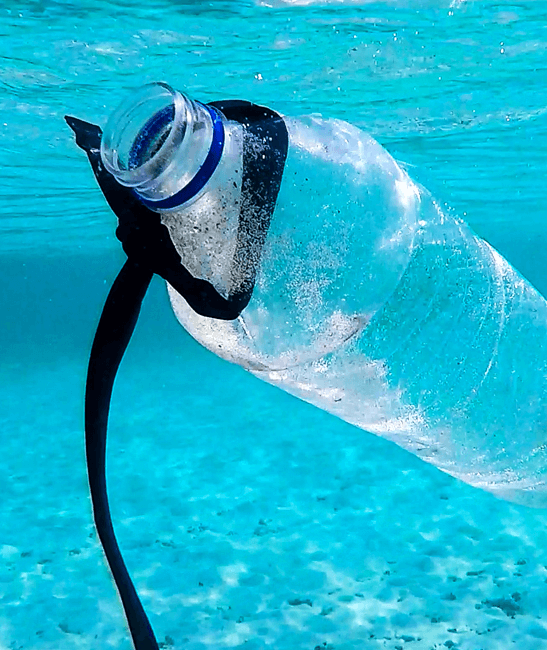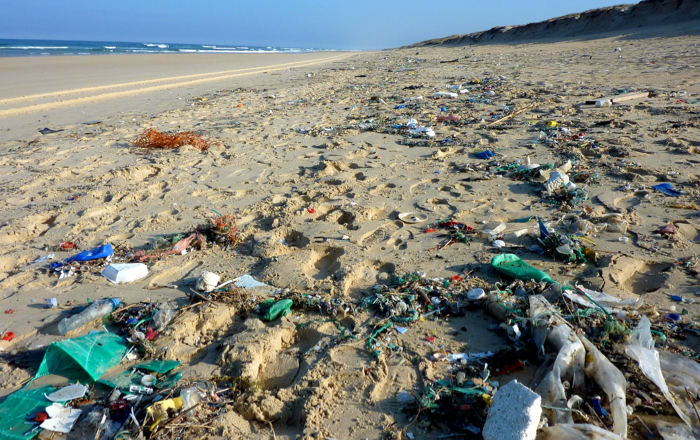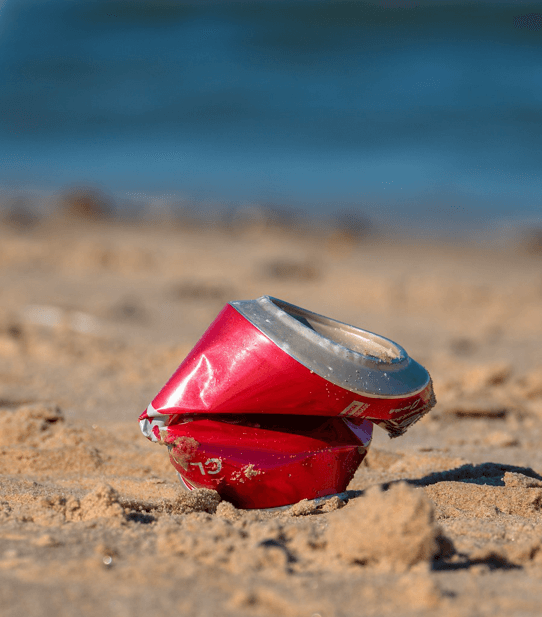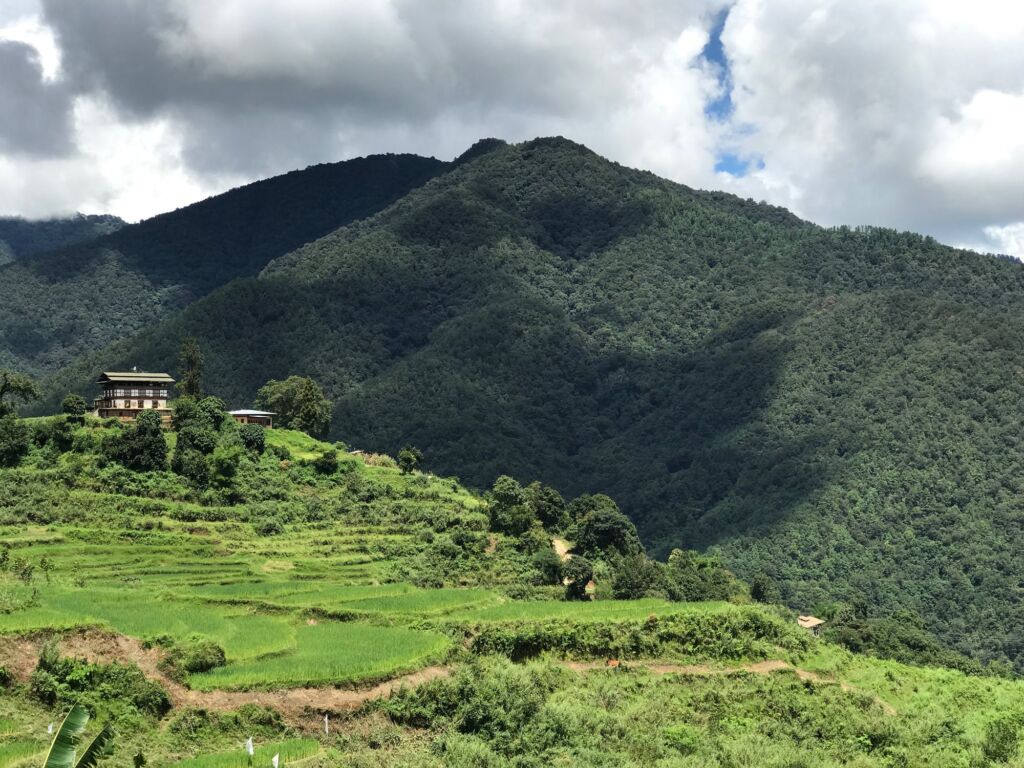Freshwater issue continues to be a cause of concern for humanity owing to both anthropogenic and natural factors. One of the biggest challenges of our time is the disappearing water resources, which is leading to unprecedented water crisis around the world with as many as 10 countries, home to over 60% of the world population having no access to clean water.
Besides depleting ground water table, deteriorating water quality is largely contributing to water woes world-wide. The contamination of ground water sources particularly due to heavy metal is leading to major environment and health complications. Heavy metal contamination has not only impacted health and environment but the crippling effects of fluoride and arsenic toxicity is transforming to become a major public health issue today (Source: https://fluoridealert.org/news/heavy-metal-toxicity-and-water-contamination/). With rapid concretization everywhere and increased impermeability of the ground/surface, recharge potential of ground water aquifers has decreased drastically.
As solution to this, an improvised Rain Water Harvesting System developed at Centre for Water Resources at Jawaharlal Nehru Technological University, Hyderabad has been proposed to install in select project areas on the basis of the need. This installation will open up new ways of addressing water scarcity issues and heavy metal contamination problems in a much simpler way than one could have expected. By introducing injection well into a normal rain water harvesting system, successful ground water recharge is possible and it will also remove ground water contamination through dilution across. Multiple projects undertaken in the states of Telangana have successfully attained both the objectives. This success is monumental and based on the same, it is now proposed to undertake this intervention in parts of northern India, where water scarcity and heavy metal contamination are prevalent.




